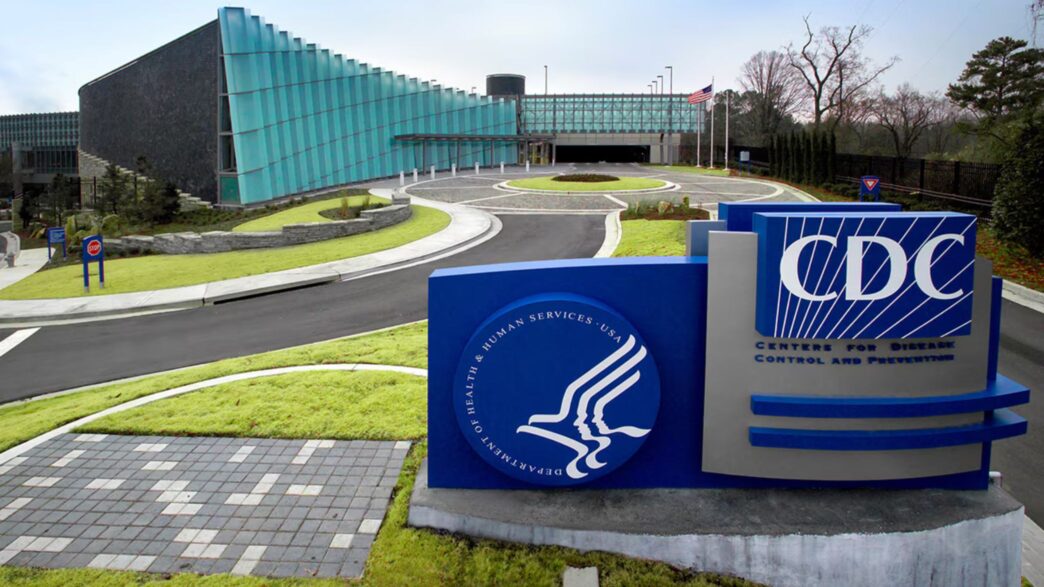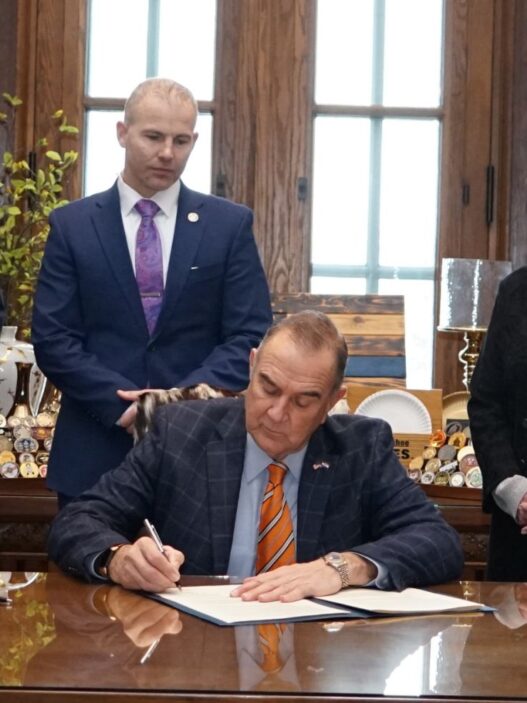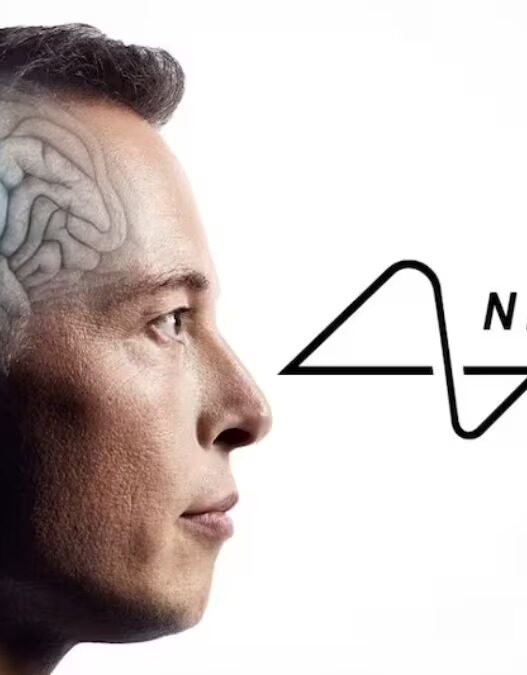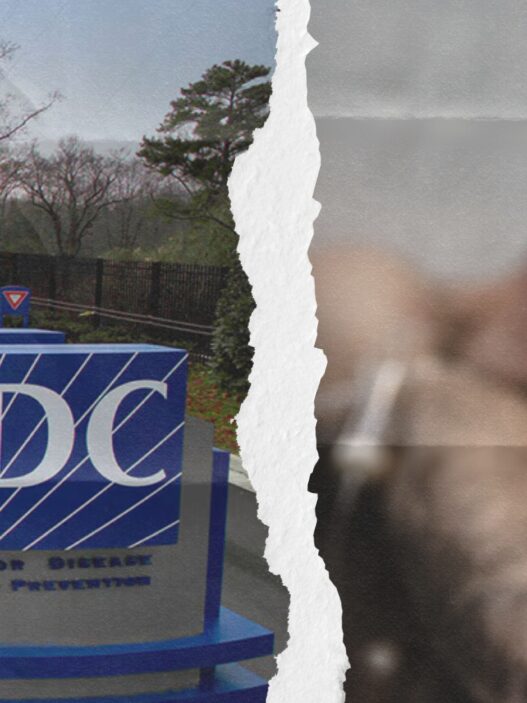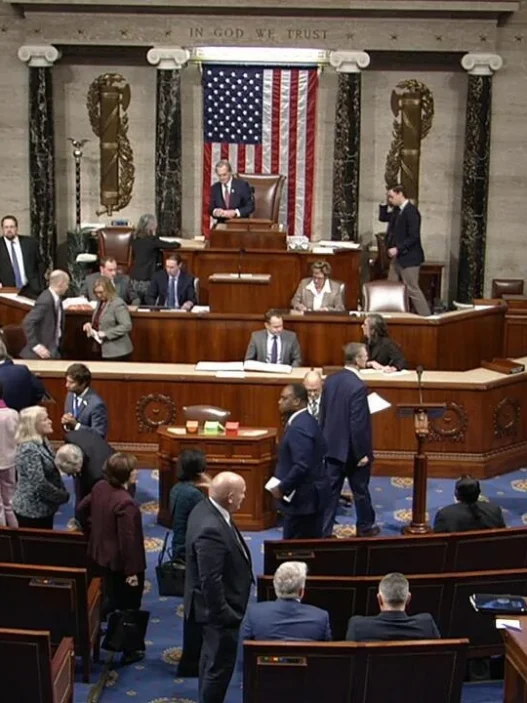A federal judge has ordered the Department of Health and Human Services (HHS), Centers for Disease Control and Prevention (CDC), and Food and Drug Administration (FDA) to restore webpages and data that were removed in response to President Donald Trump’s executive order on gender ideology.
The ruling, issued by U.S. District Judge John Bates, temporarily blocks the agencies from keeping certain health-related content offline while litigation continues.
The case, brought by Doctors for America, argues that the removal of these webpages violated federal law and negatively impacted medical professionals who rely on them for treatment guidance and research.
Why Were the Webpages Removed?
President Trump signed an executive order on gender ideology on his first day back in office, stating that the U.S. recognizes only two sexes, male and female.
The order directed federal agencies to remove “all statements, policies, regulations, forms, communications, or other internal and external messages that promote or otherwise inculcate gender ideology.”
Following this directive, the Office of Personnel Management (OPM) issued a memorandum on January 31 requiring all federal agencies to take down or modify public-facing materials that referenced gender identity beyond male and female.
In response, the CDC and FDA removed several webpages containing guidance on:
- Sexually transmitted infection (STI) treatment
- Adult immunization recommendations
- Youth Risk Behavior Surveillance System data
While some content was modified to comply with the executive order, other pages were taken down entirely, leading to concerns about limited access to critical public health information.
The Lawsuit and Legal Ruling
Doctors for America, a nonprofit organization representing medical professionals, filed a lawsuit on February 4, arguing that the removal of these resources violated federal transparency laws and disrupted medical treatment and research.
In their complaint, the group stated that healthcare providers relied on the removed data to guide patient care and public health responses. For example:
- A Chicago-based physician treating low-income immigrant families was unable to access CDC resources on STI prevention for a local high school outbreak.
- A Yale School of Medicine researcher lost access to CDC materials on prescribing treatments, affecting her work.
Judge Bates ruled that the removal of these pages likely violated federal law and that restoring them would not place a burden on the agencies.
He emphasized that the decision to take them down had real consequences for public health, particularly for underprivileged communities that depend on easily accessible government resources.
“It bears emphasizing who ultimately bears the harm of defendants’ actions: everyday Americans, and most acutely, underprivileged Americans, seeking healthcare,” Bates wrote in his ruling.
What Happens Next?
Judge Bates’ ruling requires the agencies to restore the removed webpages by 11:59 p.m. Tuesday unless they provide a valid reason not to. The order is temporary, meaning that the legal battle over the executive order will continue as the case proceeds.
The decision is part of a broader legal challenge against Trump administration policies affecting healthcare, federal funding, and civil rights protections.
Similar lawsuits are currently pending, challenging funding freezes, immigration policies, and scientific research restrictions.
This case highlights the ongoing debate over public health transparency and government oversight.
While the administration argues that the removals align with its policies, medical professionals and advocacy groups warn that restricting access to health information can disrupt care and research.
As the lawsuit moves forward, the outcome could have lasting implications for how federal agencies manage public health data and what role politics plays in determining what information remains publicly available.












